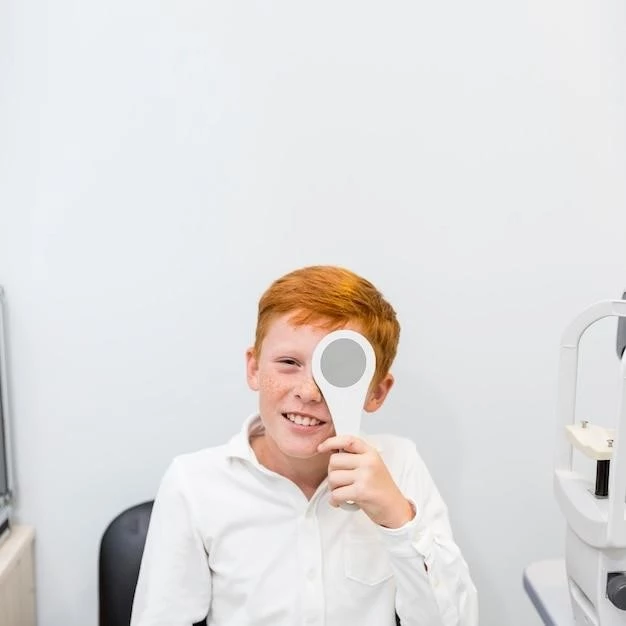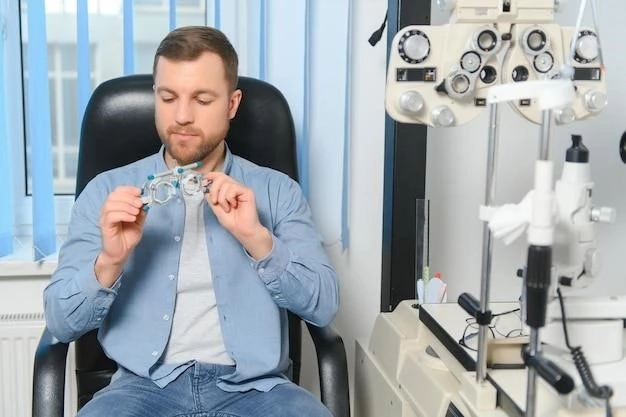Learn about the causes of anophthalmia‚ its diagnosis‚ symptoms‚ and impact on daily life.
Causes of Anophthalmia
Anophthalmia can be caused by genetic mutations‚ environmental factors‚ or a combination of both during fetal development. Genetic conditions like microphthalmia-anophthalmia-coloboma (MAC) have been linked to this condition. Exposure to certain chemicals‚ infections‚ or radiation during pregnancy can also increase the risk. Understanding these factors can aid in prevention and early intervention.
Anophthalmia⁚ Diagnosis and Symptoms
Diagnosing anophthalmia involves physical exams‚ imaging tests‚ and genetic testing to determine the underlying cause. Common symptoms include absence of one or both eyes‚ underdeveloped eye sockets‚ and facial deformities. Early detection is crucial for appropriate treatment and support. If anophthalmia is suspected‚ consulting with a healthcare professional is essential for accurate diagnosis and management.
Anophthalmia in Infants⁚ What You Need to Know
Anophthalmia in infants can be distressing for families. It is essential to seek early intervention and support from healthcare professionals. Parents should be provided with information on available treatments‚ adaptive devices‚ and support groups. Understanding the challenges and resources can help families navigate the journey of raising a child with anophthalmia. Seeking guidance from medical experts and connecting with other families facing similar situations can make a significant difference in coping with the condition.

Treatment and Management
Explore the various treatment options and strategies for managing anophthalmia effectively.
Treatment Options for Anophthalmia
Treatment for anophthalmia may include surgical procedures to create orbital implants or prosthetic eyes for cosmetic purposes. Vision therapy‚ counseling‚ and occupational therapy can help individuals adapt to living without eyes. It’s essential to consult with specialists to determine the most suitable treatment plan based on individual needs and preferences.
Living with Anophthalmia⁚ Tips and Support
Living with anophthalmia can present challenges‚ but with the right support and resources‚ individuals can lead fulfilling lives. Tips include proper hygiene for eye sockets‚ using adaptive technologies‚ and seeking counseling for emotional well-being. Support groups and community resources can also provide valuable assistance. Embracing a positive mindset and actively engaging in life can make a significant difference in overcoming obstacles associated with anophthalmia.
Research and Prevention
Discover the latest advances in anophthalmia research and key factors for preventing this condition.
Anophthalmia Research and Advances
Ongoing research on anophthalmia focuses on genetic factors‚ developmental processes‚ and potential treatment breakthroughs. Advances in regenerative medicine and prosthetics offer hope for improved outcomes. Collaborative efforts between researchers‚ clinicians‚ and advocacy groups drive progress in understanding and managing anophthalmia. Stay informed about the latest developments in the field to support ongoing efforts towards better prevention and treatment strategies.
Preventing Anophthalmia⁚ Key Factors to Consider
Preventing anophthalmia involves addressing maternal health‚ avoiding exposure to harmful substances during pregnancy‚ and genetic counseling. Ensuring proper prenatal care‚ including folic acid supplementation‚ can reduce the risk of certain birth defects. Avoiding teratogenic agents such as alcohol and tobacco is crucial; Genetic testing and counseling can help identify potential risks and guide decision-making. By focusing on these key factors‚ the incidence of anophthalmia can be minimized.
Impact on Daily Life
Explore how anophthalmia affects individuals in their daily activities and interactions.
Understanding the Impact of Anophthalmia on Daily Life
Anophthalmia can influence daily life through challenges with depth perception‚ cosmetic concerns‚ and emotional adjustments. Individuals may face obstacles in tasks requiring binocular vision and may experience social stigma or body image issues. Psychological support‚ assistive devices‚ and education on adaptive techniques can help mitigate these effects. By understanding the impact of anophthalmia‚ both affected individuals and their support network can work towards improving quality of life and overall well-being.
Conclusion
Understanding the complex nature of anophthalmia‚ from its causes and diagnosis to its impact on daily life‚ is crucial for individuals‚ families‚ and healthcare providers. By focusing on advancements in research‚ preventive measures‚ and holistic treatment approaches‚ we can better support individuals affected by anophthalmia and improve their quality of life. It is essential to emphasize early intervention‚ access to specialized care‚ and ongoing support to ensure positive outcomes and enhanced well-being for those living with this condition.
